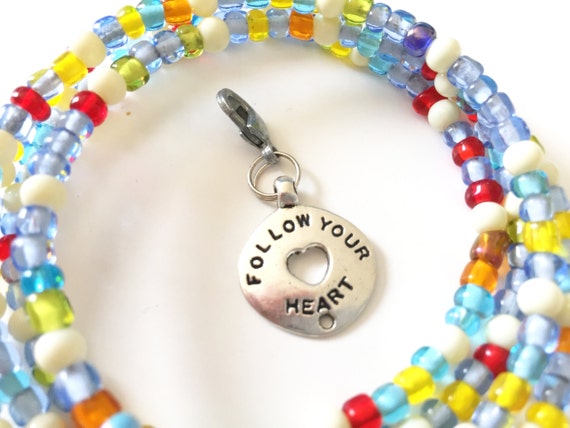
Given the huge influx, interest, and money spent on these small, non-invasive, and easy-to-use activity monitors, validated research is needed to ensure the activity monitors accurately project HR under resting, light, moderate, and vigorous intensity conditions. 7 PPG techniques using optical LED blood flow sensors have allowed HR monitoring devices to become increasingly popular, with many new models entering the market each year.īy 2012, consumers spent over $800 million on watches, bands, and bracelets 7 to monitor HR using a method that has largely not been validated and published scientifically. HR is determined based on the theory that blood flow through the artery is inversely related to the amount of light refracted.
Weight tracker bracelet skin#
PPG sensors use the probe (eg, LED lights) to shine directly into the skin and interact with changes in the blood volume to configure a HR. PPG is a non-invasive method for the detection of HR and is connected with the optical properties of vascular tissue using a probe, usually LEDs. Recently, wearable activity trackers have utilised optical blood flow sensing using photoplethysmography (PPG) techniques to measure HR. 2 In the past 5 years, HR monitoring devices have been combined with other activity monitors, such as pedometers, accelerometers, and global positioning systems (GPS) to provide individuals more accurate estimates of activity intensity and energy expenditure. 1 During the late 1980s and 1990s, HR monitoring during physical activity (PA) continued to grow in popularity, and by the early 2000s, there were as many as 26 different models available to the recreational athlete.

It was in 1982 that the world's first wireless heart rate (HR) monitor consisting of a chest strap transmitter with a wrist-worn receiver was introduced by Polar Electro to give athletes ‘real time’ feedback during exercise.


 0 kommentar(er)
0 kommentar(er)
